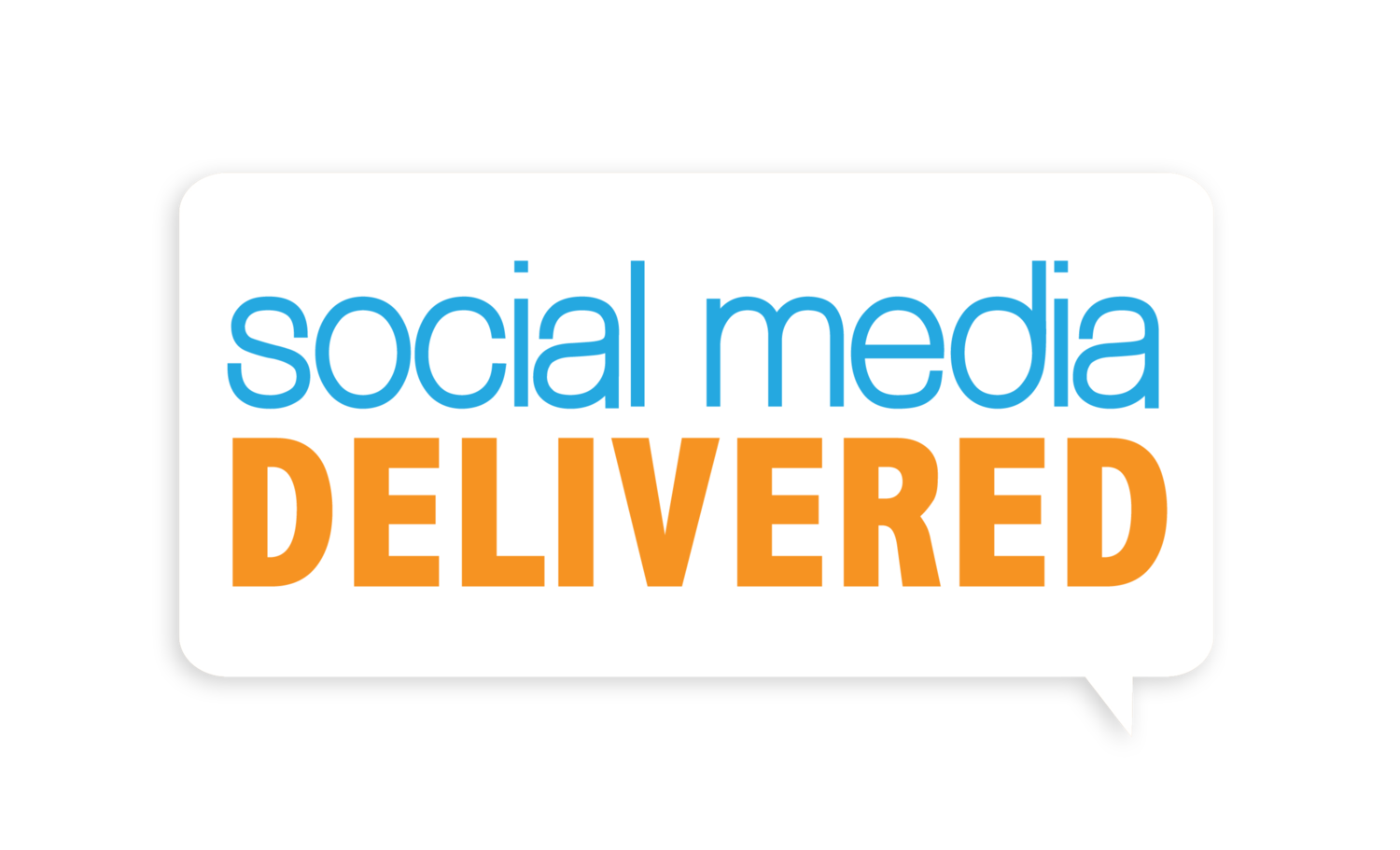Is Pinterest Still Relevant?
The Relevance Of Pinterest
By Janae Karr
Where are people finding inspiration and information online? Pinterest is an often forgotten platform that is still powerful.
Its purpose is for users to discover ideas and inspiration visually. Pins are images that, once clicked on, will lead to a secondary website. For marketers, this is an accessible place to promote content because of how easy it is to create a Pin and how Pinterest users are active on the platform searching for new content to consume.
The platform's social media aspect of users being able to share the content they like by pinning it to their profile quickly increases the visibility of your content to others. It also encourages engagement from viewers. The opportunities that can come from promotion on Pinterest are vast.
So, Is Pinterest Still Relevant?
Some people might question Pinterest's relevance, but it remains a valuable platform to promote. Pinterest's demographic research shows that at least 433 million people use it. These people have a wide variety of interests, so there is a place for it on Pinterest, even if it's a niche organization or content. The platform has more accessible advanced search options that make target marketing more efficient than other sites. Additionally, for paid content, the cost per click is two to three times cheaper than other social media sites, and the value is two times higher than Facebook. On its business website, Pinterest advertises that the goal is for users to try new ideas versus only viewing them. Pinterest is different because it demands engagement outside of the platform.
Marketing On Pinterest
What Goes Into A Pinterest Post
To market on Pinterest, you need to know what goes into a post. Each includes an image, title, and description. Before posting to the social media site, it's wise to look at what is trending and what visual aspects are most attractive to users. Like any site, Pinterest prioritizes showing quality content. Whether posting or having paid content on the platform, it needs to be visually appealing and bold enough to catch users' attention. Images are the foundation of a pin. Marketers should use the description feature and use Search engine optimization (SEO) strategies like the use of keywords to make it easier for users to find your content. SEO usage will also help reach new consumers who have niche searches.
Tagging Your Photos
SEO usage on Pinterest has been proven to generate user interest. Thinking about what your target audience is searching for will help to pinpoint keywords that would be impactful. Keywords on Pinterest are also related to the time of year. For example, in December, users are more likely to have searched with the words "holiday" and "festive" in them. Strategically, you can plan to use these words. Use SEO to tag the image, too; this will give context for the Pinterest algorithm to place your content.A first strategy to implement to do this is by saving the image you will use for your pin with a keyword rather than IMG111.jpg.
Consistent Interaction
Marketing on any social media platform should involve engagement with users. Your organization should create a profile on Pinterest and use it to re-pin, follow, and comment on others' content. This will prove to others that it's a human behind the screen rather than only a marketing bot. Plan your boards (folders of content pinned) to be titled with topics that would intrigue users. Also, when people interact with your content, interact back—consistent interaction with others increases the trust in your content.



